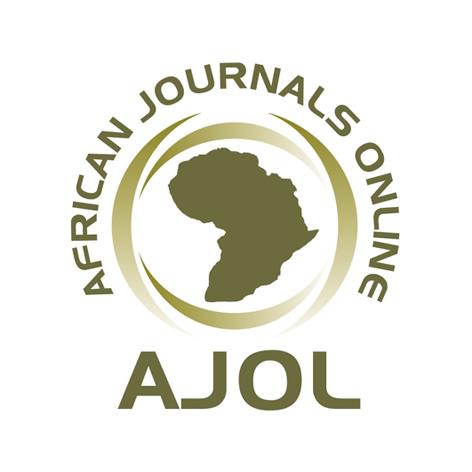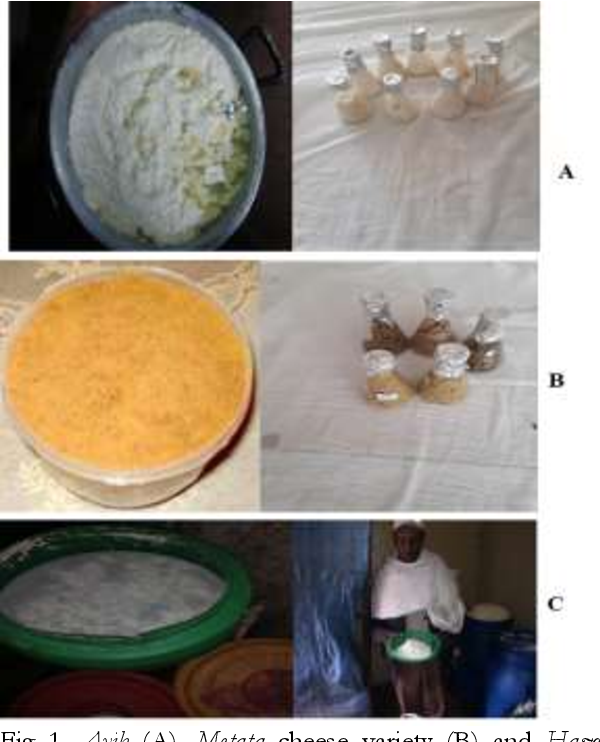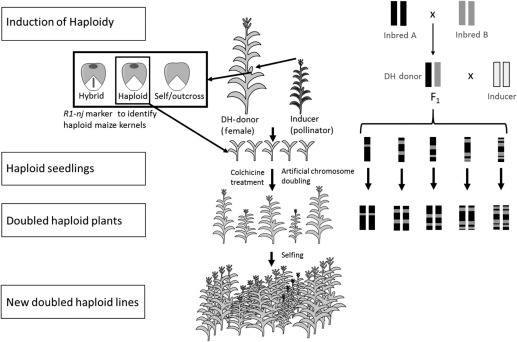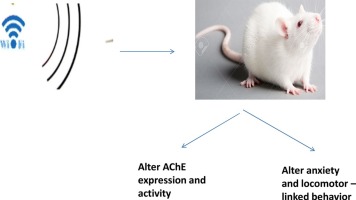Efficiency of Intercropping System under Smallholder Farmers in Osun State, Nigeria
Downloads
Recently, the constant rise in population growth has resulted in increased pressure on available agricultural land. This has given rise to greater land use intensification and crop
diversification by smallholder farmers. However, information is scarce about the economic efficiency of the system in the Osun State. The study was carried out to assess the technical and allocative efficiencies of intercropping systems in Osun State of Nigeria. A three-stage random sampling technique was used to select a total of 120 smallholder farmers across six local communities namely Owode, Ologede, Ifewara, Iperindo, Ilerin and Odundun from which responses were solicited with the aid of a questionnaire. The descriptive and stochastic production frontier was used to analyze the data gotten from the smallholders. The results showed that the average technical efficiency index was 67%, while allocative efficiency was 13%. The factors that significantly influenced the production were farm size, quantity of fertilizer used as well as the cost of other inputs. While those that significantly influence the technical and allocative efficiencies of intercropping systems in the study area were the educational status, household size in adult equivalent and membership to cooperatives. It is, therefore, recommended that farmers require training on the appropriate skills required to operate an efficient intercropping system. This can be done through the cooperative societies. This will help the farmers in the efficient allocation of resources available to them.
Copyright (c) 2019 Babatunde R. O., Omoniwa A. E., Oluyemi O. D.

This work is licensed under a Creative Commons Attribution-NonCommercial-NoDerivatives 4.0 International License.
- I am authorized by my co-authors to enter into these arrangements.
- I warrant, on behalf of myself and my co-authors, that:
- the article is original, has not been formally published in any other peer-reviewed journal, is not under consideration by any other journal and does not infringe any existing copyright or any other third party rights;
- I am/we are the sole author(s) of the article and have full authority to enter into this agreement and in granting rights to Springer are not in breach of any other obligation;
- the article contains nothing that is unlawful, libellous, or which would, if published, constitute a breach of contract or of confidence or of commitment given to secrecy;
- I/we have taken due care to ensure the integrity of the article. To my/our - and currently accepted scientific - knowledge all statements contained in it purporting to be facts are true and any formula or instruction contained in the article will not, if followed accurately, cause any injury, illness or damage to the user.
- I, and all co-authors, agree that the article, if editorially accepted for publication, shall be licensed under the Creative Commons Attribution License 4.0. If the law requires that the article be published in the public domain, I/we will notify Springer at the time of submission, and in such cases the article shall be released under the Creative Commons 1.0 Public Domain Dedication waiver. For the avoidance of doubt it is stated that sections 1 and 2 of this license agreement shall apply and prevail regardless of whether the article is published under Creative Commons Attribution License 4.0 or the Creative Commons 1.0 Public Domain Dedication waiver.
- I, and all co-authors, agree that, if the article is editorially accepted for publication in Haramaya Journals, data included in the article shall be made available under the Creative Commons 1.0 Public Domain Dedication waiver, unless otherwise stated. For the avoidance of doubt it is stated that sections 1, 2, and 3 of this license agreement shall apply and prevail.










